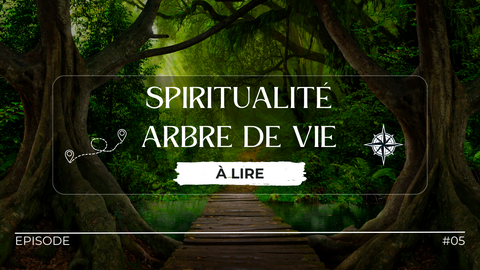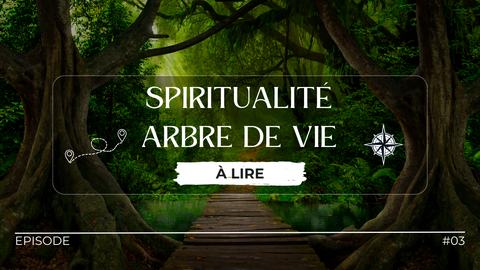
Tree of Life Symbol – Introduction
of reading
Introduction
The Tree of Life is a universally recognized spiritual symbol, representing the connection between heaven, earth and the underworld, as well as eternal life and spiritual growth. In many cultures around the world, this archetype holds deep meaning and is used to express essential metaphysical and cosmological concepts.
Among the ancient civilizations and religions of the world, the Tree of Life is widely present, testifying to its universal importance. From ancient Egypt to Mesopotamia, Celtic cultures, Hinduism and Buddhism, Christianity and other spiritual traditions, the Tree of Life has been revered and interpreted in different ways throughout the ages.
Origins and History
The importance of the Tree of Life in different cultures can be illustrated by various examples:
- In ancient Egypt, the Tree of Life was represented in the form of the "Ished Tree", symbolizing rebirth and regeneration.
- In Mesopotamia, the Tree of Life was associated with immortality and divinity, embodied in mythological figures such as the Sumerian "Tree of Life."
- Celtic cultures considered trees to be sacred beings, and the Tree of Life was often depicted in Celtic art, symbolizing the connection between the physical and spiritual worlds.
- In Hinduism and Buddhism, the Tree of Life is represented by the "Bodhi Tree", under which Buddha achieved enlightenment, symbolizing wisdom and spiritual awakening.
- In Christianity, the Tree of Life is often associated with the Tree of the Cross, symbolizing redemption and eternal life through the sacrifice of Jesus Christ.
Going back to the historical origins of the symbolism of the Tree of Life, we can observe its first appearances in ancient religious and mythological traditions. These mythical stories often highlight the role of the Tree of Life in the creation and regeneration of the world, emphasizing its cosmological and metaphysical importance.
Cultural Interpretations
The Tree of Life takes on different forms and meanings in different cultures, but certain common themes persist across regional variations. For example, the idea of a central tree connecting the different planes of existence is recurrent in many traditions.
However, each culture also brings its own unique interpretation of the Tree of Life. Artistic representations, myths and ritual practices vary, reflecting the specific beliefs and values of each society.
By comparing the similarities and differences between different cultures, we can better understand the universal importance of the Tree of Life as a spiritual symbol. This exploration invites us to delve into the richness and diversity of human traditions, while reminding us of the deep bonds that unite us as human beings.
In summary, the Tree of Life is much more than just a decorative symbol; it is a reflection of our common quest for meaning and connection with the divine and the cosmos. Through its history and cultural interpretations, we can discover the depths of the human condition and the mysteries of the universe.
















